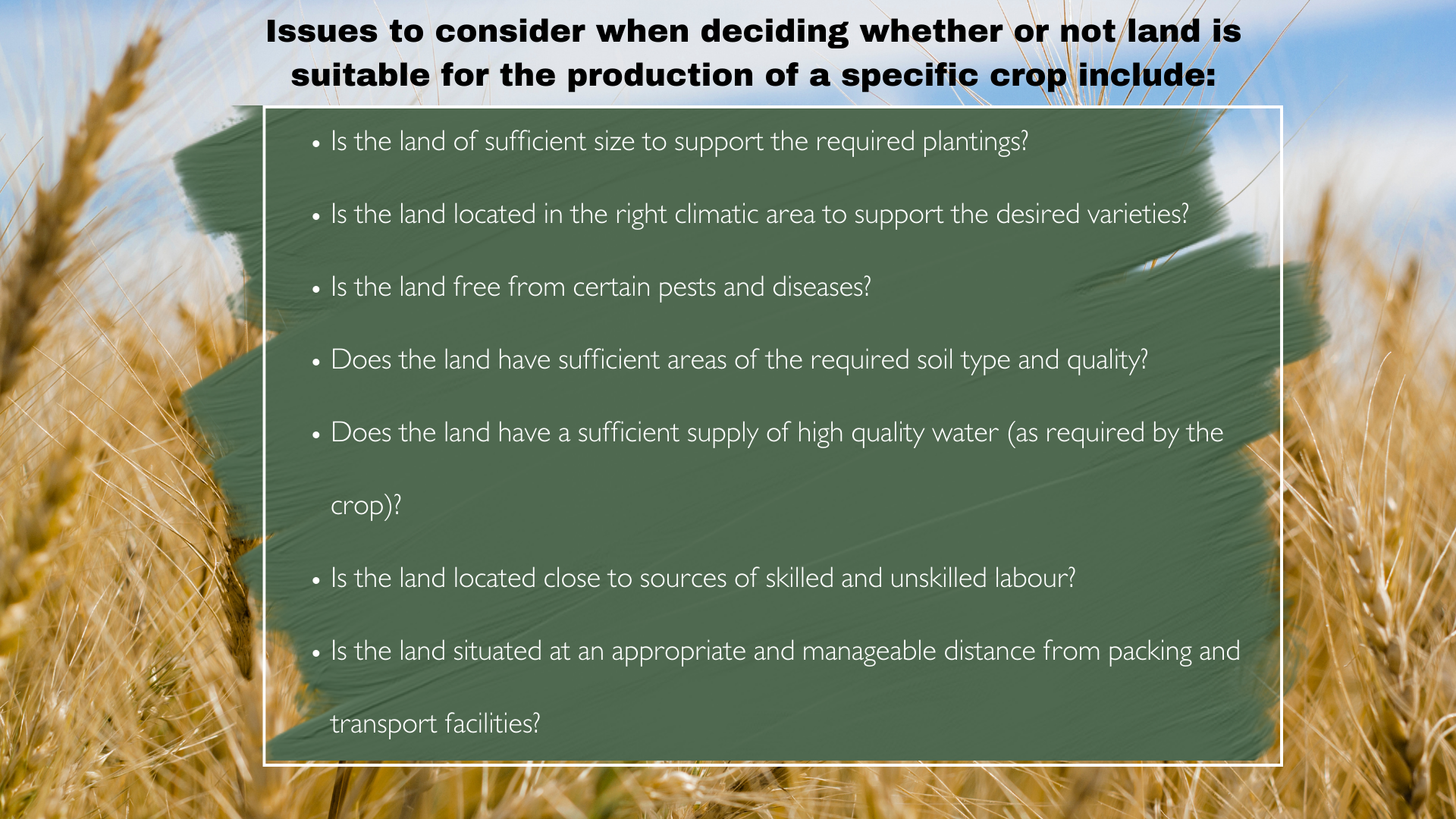Production systems involve the use of a variety of production practices that are employed to produce a crop of the highest possible standard in terms of quantity, quality and size, in order to achieve production objectives. Coordinating the production systems requires effective production management.
Production practices are the actions and processes carried out to achieve production objectives, such as fertilization, irrigation, pest and disease control, pruning and harvest.
Production objectives are measured in terms of yield (how much), export percentage, fruit size and external and internal quality.
Production management is the management of production systems and production practices.

Figure 1.1: Production Conversion demonstrates the conversion process involved in, as an example, citrus production, where resources (inputs) are converted by a production system to a product, being citrus fruit (output).
Knowing the output market is essential. The requirements of consumers, wholesalers and retailers (market demand) determine many of the decisions that are taken in respect of production practices. Getting the highest possible return for the product that is produced will ultimately determine the commercial success of the farming operation.
Example: In South Africa, about 60% of commercially grown citrus is exported as fresh fruit. Of the balance, about 25% is sold on the local market and 15% is sent for processing at juice factories. Yet over 90% of total revenue is generated from exports. For this reason, production practices are geared toward maximising the export pack-out percentage by ensuring that the requirements of foreign consumers are met.
A production manager (farmer) must stay on top of all the latest developments on the international market. This information drives the decisions made regarding all aspects of production, from cultivar selection to the selection of chemicals, to the timing of the harvest. All these decisions are strongly influenced by market demand.
Increasingly, the higher paying markets are insisting that producers demonstrate their knowledge of and compliance with environmental regulations. These regulations are in some cases legally enforceable and in other cases set as entry requirements to output markets.
Good agricultural practices (GAP) regulations aim at meeting consumers’ needs for products that are of high quality, that are safe to eat, and that are produced in an environmentally and socially responsible way. Producers who apply GAP would minimise the use of chemicals to prevent harming the natural environment. This process is commonly known in the industry as Integrated Crop Management.
Natural Resource Limitations

Click here to view a video that explains how South African farmers develop generative practices to save the degrading of soil.
Resources include those inputs that are fixed in relation to a particular site, such as land and water. These are known as natural resources, while mobile resources include labour, capital, planting material and knowledge. (See figure 1. above). We can always source more/additional mobile resources, but not fixed resources.
Natural resources are, by definition, limited. More land or more water cannot be produced, and available natural resources must therefore be treated with respect if the farming operation is to be successful. The availability of these resources to meet the long-term needs of the enterprise is of critical importance.
The potential of a certain site for production depends on its climatic suitability for the varieties to be grown and the status of the fixed or natural resources, specifically the availability of sufficient high-quality water and suitable soil.
All resources come at a cost and the scarcer the resource, the higher the cost. Land and water are scarce, expensive, and have to be used efficiently.
Only about 13% of South Africa’s surface area can be used for crop production, which is referred to as arable land. Only 22% of this area is considered to be high-potential arable land. Suitable land is the primary fixed resource and without it, nothing can be produced.
